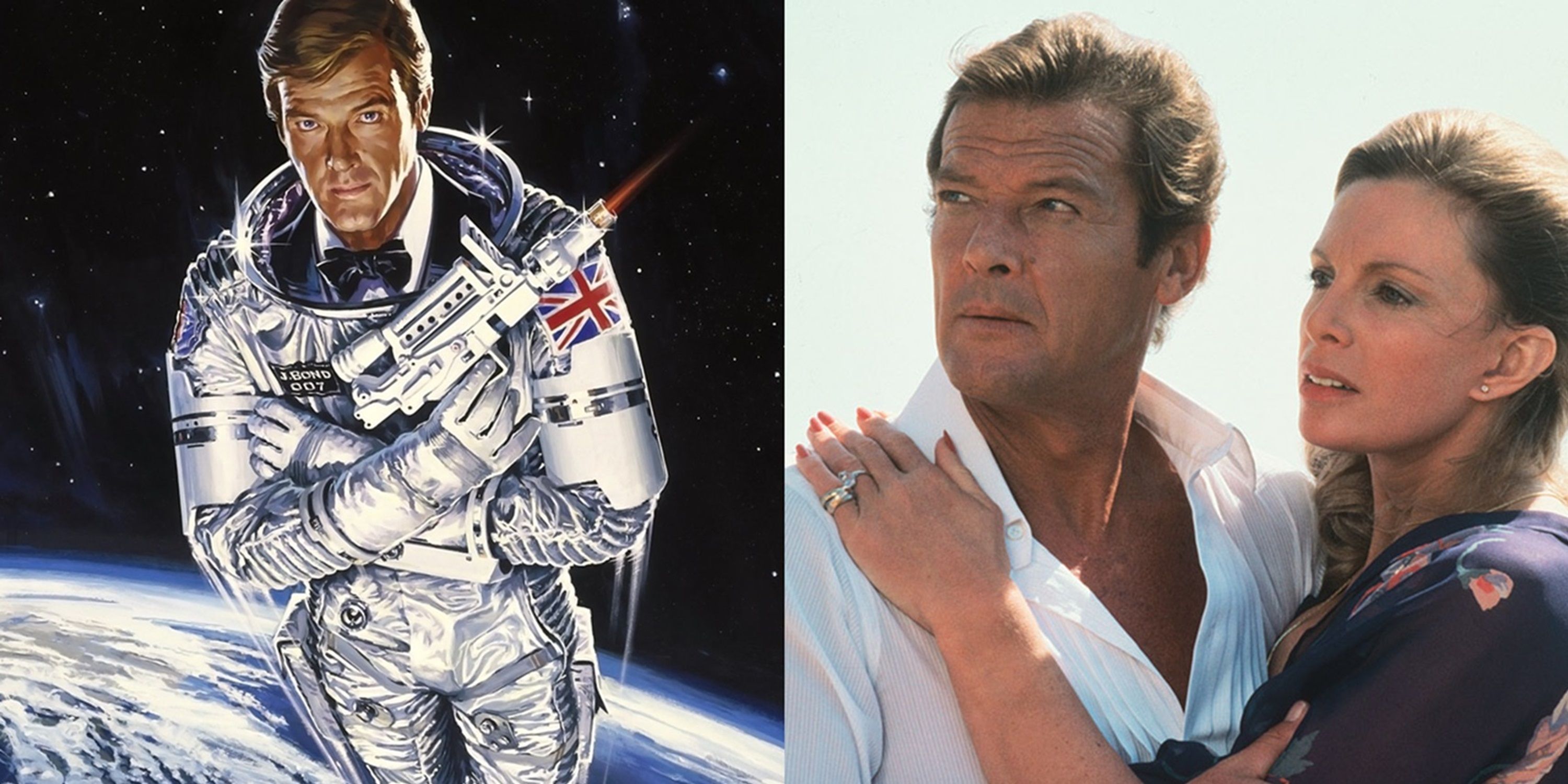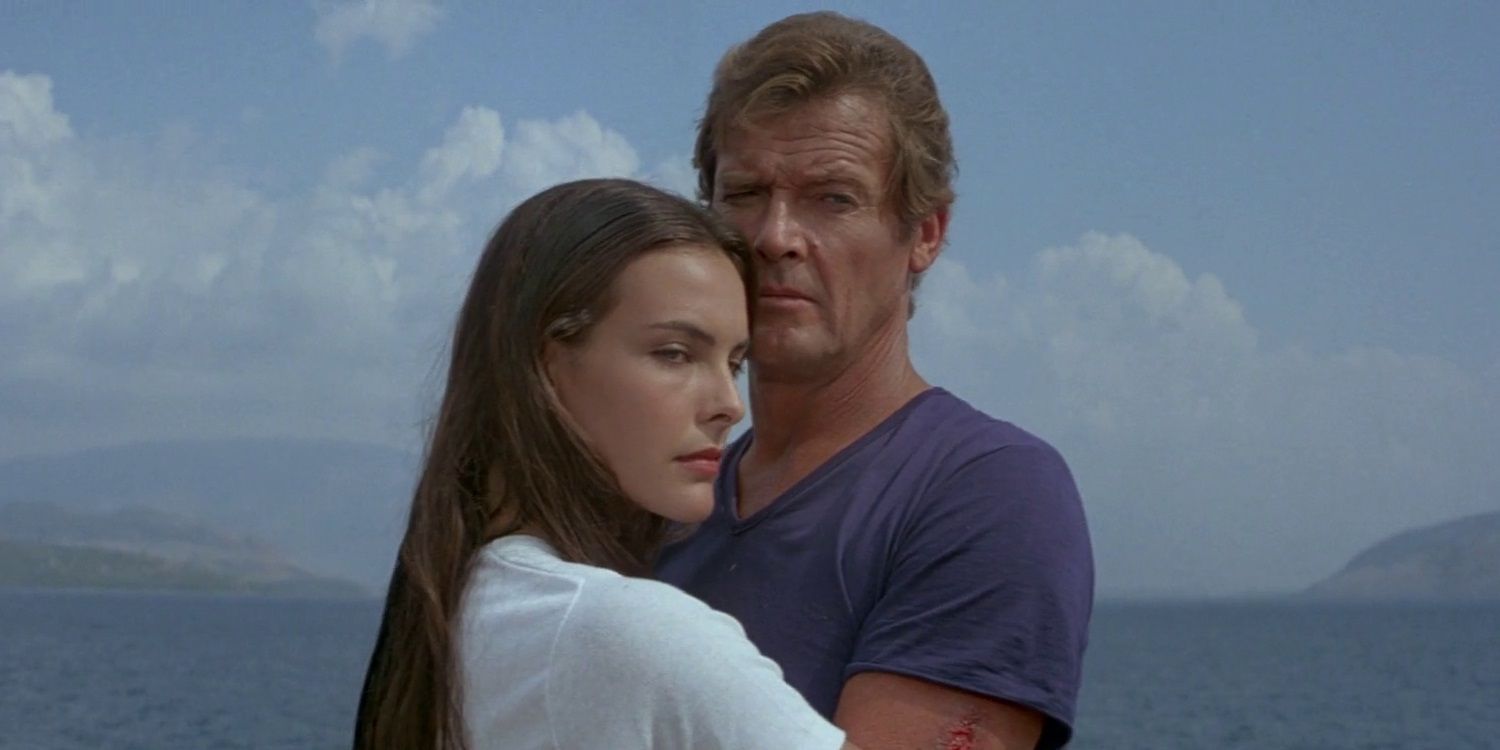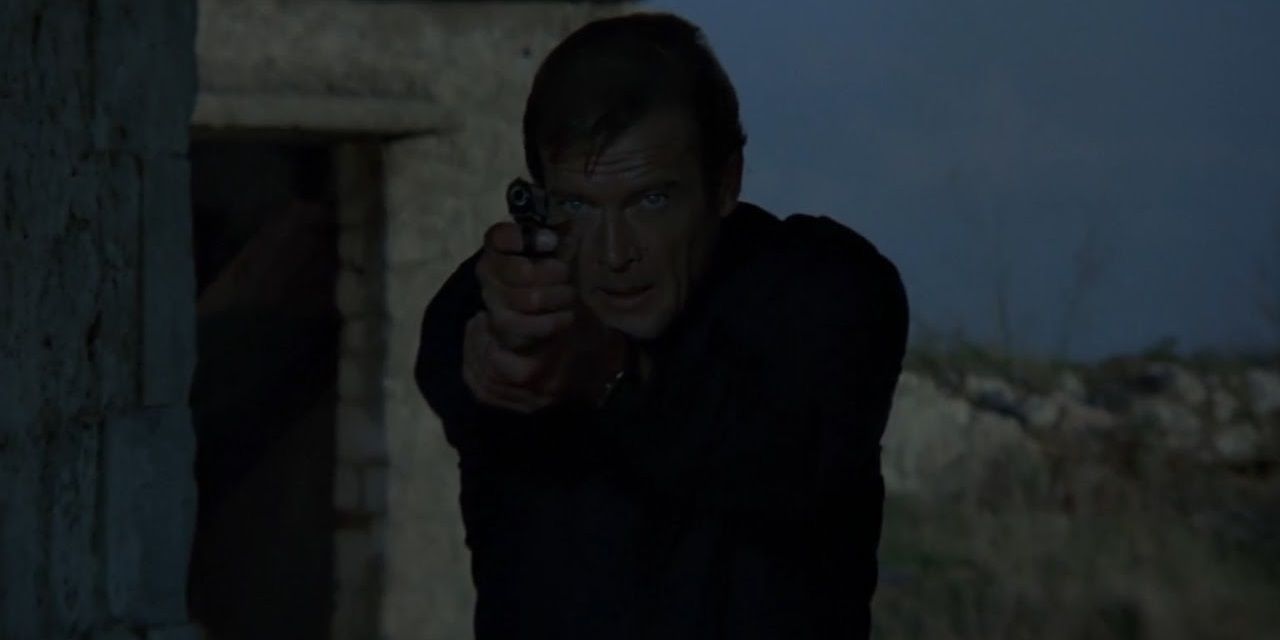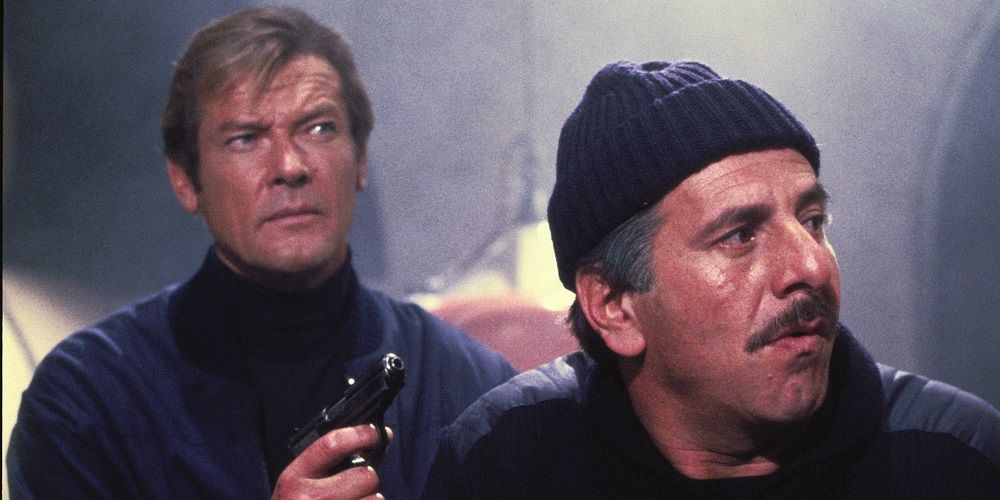The Roger Moore era of the Bond franchise was kind of a mixed bag. Moore starred in some of the all-time greatest entries in the 007 franchise, like The Spy Who Loved Me, but also starred in some of the worst, like A View to a Kill. After Sean Connery’s iconic stint established Bond’s suave characterization and the series’ action-packed formula, Moore shook things up in a few key ways.
Moore brought an offbeat sense of humor to the table and gave the action a delightful slapstick element. Another way the producers set Moore’s movies apart was by experimenting with new genre frameworks. All of Connery’s movies had been straightforward spy thrillers, but Moore’s movies tried out a handful of different genres.
When the blaxploitation movement was making waves in action cinema, Live and Let Die pitted Bond against a Harlem drug lord with a pimpmobile. When the films of Bruce Lee gave way to a kung fu movie craze, The Man with the Golden Gun pitted Bond against a bunch of martial artists in Hong Kong. And when the runaway success of George Lucas’ Star Wars inspired a space opera fad, Moonraker sent Bond into outer space.
Sending Bond to space went beyond the pale for many fans. 007 had been using far-fetched gadgets cooked up by the Q Branch for years, so the franchise was never too far away from science fiction, but leaving Earth behind was when the series finally went too far. Audiences were unwilling to suspend their disbelief enough to enjoy Bond having a laser fight in the ice-cold vacuum of space. The latest Fast & Furious movie, F9, has similarly sent its protagonists to space, and has similarly been met with criticisms that it’s finally gone too far.
Driving a Lotus Esprit S1 that can seamlessly transition into an underwater vehicle is ridiculous, but not too far outside the realm of possibility that it alienates audiences. Drifting through space and shooting lasers at floating henchmen, on the other hand, is way too fantastical to work in a Bond film. It’s like the inexplicable inclusion of alien invaders in Indiana Jones and the Kingdom of the Crystal Skull.
After the divided reception to Moonraker, the Bond franchise was in jeopardy. The producers had to really turn it around with the next installment or the series risked petering out into obscurity. Against all odds, they managed to pull it off. Their follow-up Bond adventure, 1981’s For Your Eyes Only, left the genre spectacle behind and took the franchise back to its more grounded roots with a gritty revenge story.
For Your Eyes Only is one of the darkest Bond movies ever made. Rather than revolving around a megalomaniac bent on world domination, the plot of For Your Eyes Only sees Bond teaming up with a young woman named Melina Havelock, who’s determined to exact revenge against the assassin who killed her parents. In a hard-hitting early scene, Melina’s parents are gunned down right in front of her on the family yacht.
Revenge movies are wildly entertaining and if the audience really wants the protagonist to avenge their loved ones, then they can make for the most satisfying moviegoing experiences. Pam Grier’s brutal payback in movies like Coffy and Foxy Brown has audiences throwing their fists in the air and cheering her on. But For Your Eyes Only doesn’t just indulge in the fun of a revenge story. Like Quentin Tarantino’s Kill Bill, it also digs into the consequences of revenge and the psychology and philosophy of seeking violent retribution. Bond even tries to dissuade Melina from her vengeful quest by telling her the old Chinese proverb, “When setting out on revenge, you first dig two graves.”
The pre-title sequence in For Your Eyes Only is one of the Bond franchise’s wildest cold opens. It begins with Bond mourning the wife who was killed in On Her Majesty’s Secret Service. He’s whisked away from the cemetery on an MI6 emergency in a helicopter that turns out to be remotely controlled by Blofeld. Bond picks up Blofeld on the chopper and drops him into a smokestack right before Sheena Easton’s theme song kicks in. From the beginning, the movie sets itself up to go to some strange, exciting places.
Although For Your Eyes Only is darker and grittier than the average Bond film, it still has plenty of Moore-era tongue-in-cheek humor. When Bond flees from the bad guy’s villa to Melina’s car, he’s disheartened to learn that they have to escape an armed convoy in a little yellow Citroën 2CV. After the reveal of this ridiculous car is played for laughs, the ensuing chase proves that the 2CV has some real heart to it.
There have been other dark Bond movies besides For Your Eyes Only. On Her Majesty’s Secret Service begins with an attempted suicide and ends with the roadside murder of Bond’s new bride. The Timothy Dalton-starring Licence to Kill was so violent that it earned the series’ first (and, so far, only) 15 rating from the UK-based certification board BBFC. Casino Royale has a shocking torture scene involving a naked 007 sitting on a seatless chair with a hole in it while Le Chiffre swings a whip around. There are also some dark sequences that stand out in other 007 movies, like Red Grant’s vicious attack on the Orient Express in From Russia with Love.
For Your Eyes Only isn’t the best Bond film by a wide margin, but it did save the franchise from falling down the escapist rabbit hole. A couple of key Bond movies have saved the franchise from certain doom with a drastic tonal shift. The crowd-pleasing blockbuster-dom of GoldenEye successfully reinvented the franchise after the Timothy Dalton movies were deemed too dark, and the gritty realism of Casino Royale successfully reinvented it again (and by the same director, no less) after the CGI-laden Pierce Brosnan movies and the Austin Powers spoofs had turned the series into a laughingstock. But For Your Eyes Only might be the earliest example of this.




